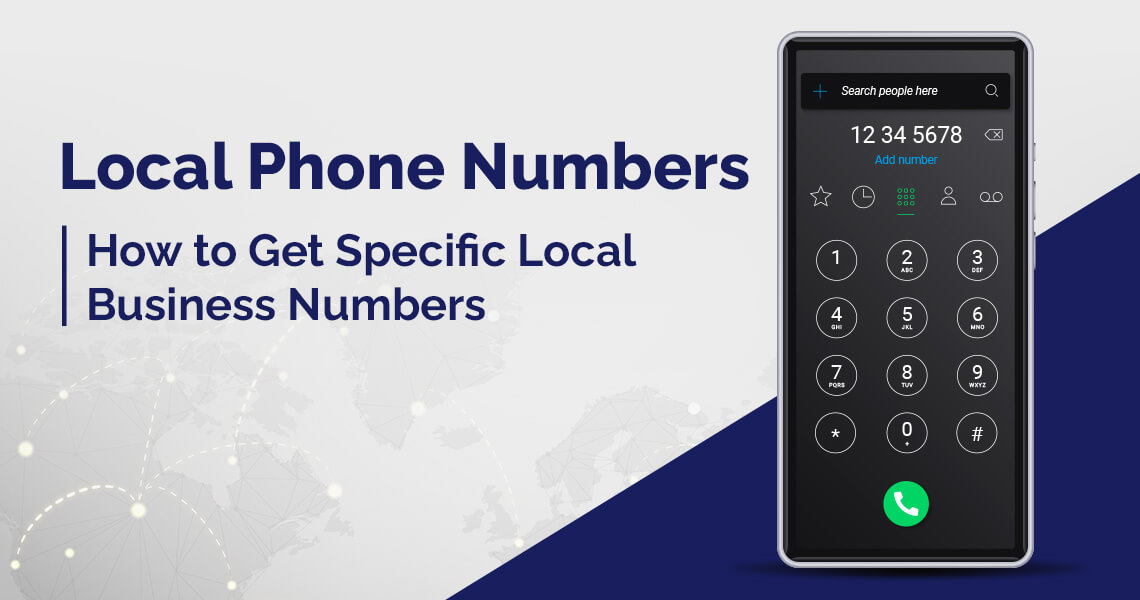Mastering Virtual Communication: Strategies for High-Impact Business Calls

Mastering Virtual Communication: Strategies for High-Impact Business Calls
Actionable techniques to convert calls into conversions, deals, and strong relationships.
The Foundation: Preparation and Technology
Effective Business Calls start long before you dial the number. In the age of remote work, mastering Virtual Communication separates leaders from followers. Preparation is non-negotiable. Research the recipient, understand their company's pain points, and clearly define the goal of the call. Is it discovery, problem-solving, or closing? A clear goal dictates the structure and tone.
Optimizing Your Infrastructure with VoIP System
Reliable technology is the backbone of professional Virtual Communication. Investing in a robust VoIP System (Voice over Internet Protocol) ensures crystal-clear audio quality, minimizing technical glitches that erode credibility. Your VoIP System should integrate smoothly with your core business tools, particularly the Customer Relationship Management (CRM) system. A reliable connection allows you to focus on the conversation, not the technology.
Checklist: Before every important call, test your microphone and internet connection. Clear audio quality projects competence.
The Core: Structuring High-Converting B2B Sales Calls
In B2B Sales, time is capital. Every minute on the phone must provide value. Avoid rambling introductions. State the purpose of the call immediately, confirming the time allowance and the recipient’s agreement to the agenda. This simple act builds mutual respect and focuses the discussion.
Mastering the Sales Call Script
The term Sales Call Script does not mean reading robotically. It means having a structured flow that guarantees you cover key discovery questions, present a relevant solution, and handle objections effectively. A successful Sales Call Script dedicates most of its time (about 70%) to listening and asking open-ended questions. Your solution must directly address the specific pain points the prospect shared, demonstrating genuine Client Engagement.
SALES CALL FRAMEWORK:
1. Introduction & Permission: (30 seconds)
2. Discovery Questions: (70% of time) Understand their current state.
3. Value Proposition: (10% of time) Map your solution to their pain.
4. Next Steps: (Remaining time) Set a clear commitment for action.The Data: Using Call Recording and CRM for Improvement
Professional improvement stems from objective analysis. Utilize Call Recording features within your VoIP System to review your performance. Analyzing your calls allows you to identify filler words, weak questions, or missed opportunities to strengthen Client Engagement. This self-coaching is invaluable, moving you past subjective self-assessment.
Integrating Data with Customer Relationship Management (CRM)
Every Business Call generates critical data that must reside in your Customer Relationship Management (CRM) system. Log the outcome, the next step commitment, and any specific insights about the client's needs. This practice ensures perfect follow-up and provides a comprehensive history for the entire sales team, preventing redundant communication and accelerating future B2B Sales cycles. The CRM turns fleeting conversations into long-term strategic assets.
- Review: Listen to five minutes of your last three recorded calls monthly to catch bad habits.
- Tagging: Use the CRM to tag calls by topic (e.g., 'Pricing Objection', 'Competitor Mention') for better trend analysis.
The Outcome: Driving Client Engagement and Next Steps
The purpose of a Business Call is to advance the relationship, not simply end the conversation. Always conclude with a clear, specific commitment for the next action. Avoid vague statements like, "I'll follow up soon." Instead, propose, "I will send the proposal by 3 PM Thursday, and we will schedule a 15-minute call next Tuesday at 10 AM to review it. Does that work for you?"
Strong Client Engagement requires ownership. Send a brief email summary immediately after the call, detailing the agreed-upon next steps and attaching any required documentation. This practice reinforces commitment and provides a clear record of your Virtual Communication. Successful B2B Sales depend on this rigorous adherence to process.



